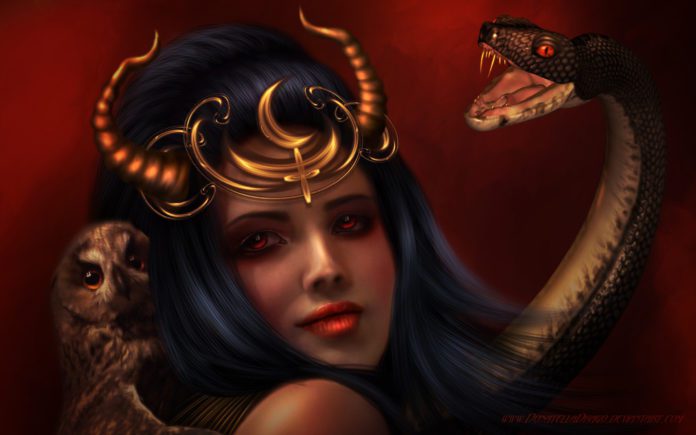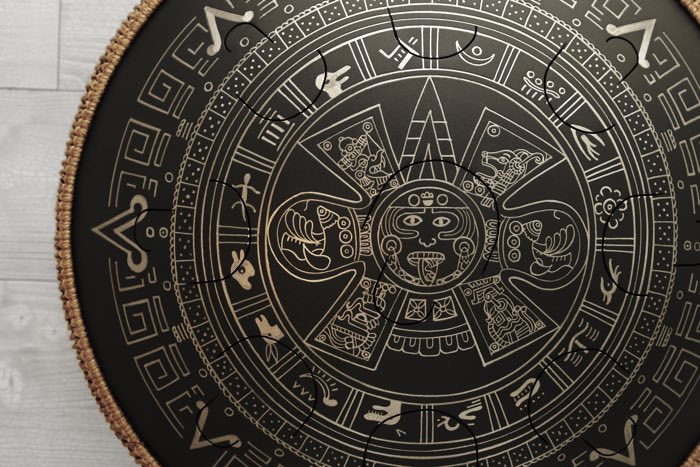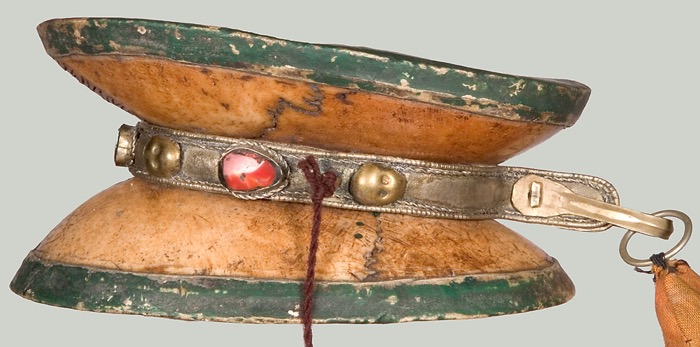No products
Top sellers
-

Freezbee Flower of Life
Enigma scale: A C D E F G A C Rope decoration is include Materials:...
$369.00 -

Freezbee Morning Star
Enigma scale: A C D E F G A C Rope decoration is include Materials:...
$339.00 -

-

Freezbee Sri Yantra Black Diamond
Enigma scale: A C D E F G A C Rope decoration is include Materials:...
$339.00 -

-

Freezbee Premium Black
Enigma scale: A C D E F G A C Rope decoration is include Materials:...
$369.00 -

Freezbee Dreamcatcher Black Diamond
Enigma scale: A C D E F G A C Rope decoration is include Materials:...
$349.00 -

StandArt 2.0 Plus+ Pure Black
Equinox scale Materials: stainless steel Handmade Engraving Custom scale...
$569.00 -

Freezbee African Graphite
Enigma scale: A C D E F G A C Materials: Stainless steel. Handmade...
$369.00 -

Freezbee Premium with bag
Tonus Scale: Bb C D F G A Bb C Rope decoration is include Materials:...
$399.00

THE SYMBOLISM OF DRUMS AND PERCUSSION INSTRUMENTS
The first musical instruments invented by man were a variety of drums and percussion instruments, and this was not by chance. If you explore the myths and legends of cultures around the world, you’ll find that in them, the rhythm of the drums could not only awaken the creative energy of the human soul, but it was also the key to the rhythm of the universe. It is this same rhythm that fashioned order from the primordial chaos: produced by a drummer or shaman, it could restore order to the universe when disorder began to reign, or could heal the human spirit.
Myth is not just the stuff of legend recounting the exploits of gods and heroes; it is real knowledge in the form of symbols that reveal the structure of the world itself. And if, on a conscious level, we are reluctant to believe in the stories that are passed down to us through the ages, unconsciously, we respond to the myth, just as we respond to the rhythm of the drum, because we recognize that this holds the key to understanding not only the world, but ourselves, too.
The Sumerians were the creators of civilization, and are also credited with creating the first drums. According to the sacred texts of the Sumerians, shortly after the Great Flood, when human civilization was reborn, Gilgamesh, a great hero who was two-thirds god reigned in the city of Uruk. The myth goes that, Inanna, the goddess of love and war, saw a willow tree, that she liked very much, that had been damaged by a flood. She planted this tree in the courtyard of her temple – the main temple in the city of Uruk, and carefully tended it: she planned to make a throne and a bed from this tree.
However, a magical serpent settled in the roots of the willow, and no spell could cast it out; then, an eagle nestled in the branches and a female demon by the name of Lillith made her home in the trunk of the tree. Nobody could drive these unwelcome dwellers from the willow, not even the gods. And so, Inanna turned to Gilgamesh, the hero, for help. He fought the monsters that lived in the willow and drove them out. He cut down the tree and gave it to Inanna: as a reward, she made a set of drums from the trunk, and a drumstick from the branches, both of which she gave to Gilgamesh. This percussion instrument, created by the goddess, had an unprecedented power: no one could resist its rhythm, not even the gods. And Gilgamesh, judging by the myths, did not know moderation in anything.
At first, he used the power of the drum for fun, forcing the entire city of Uruk to dance to the rhythm, but then he started to use it to seduce women, make men aggressive, and even spite the gods by trying to control them. Afraid of the power that Gilgamesh had over them with the help of the drum, the gods dropped the drums and the drumstick into the underworld, and once again, peace reigned. No matter how hard Gilgamesh tried to get the magic drum back, (he even sent his best friend to the underworld to fetch it), he did not succeed ... And so, people began to produce percussion instruments in an effort to recreate this, the original, sacred drum. Some of these drums even possessed magical powers, but all paled in comparison with Inanna's drum ...
That is the story of how the drum became the most mystical of all musical instruments. People see percussion instruments as a way to influence both cosmic rhythms and the human psyche. In many cultures, the drum is a link between heaven and earth. For example, the damaru drum created in India and Tibet is associated with the god Shiva. It resembles an hourglass and symbolizes the unity and opposition of the heavenly and earthly realms. It is a wooden membranophone with two membranes, to which balls are attached by ropes. These balls strike the membranes, producing the sound of the drum.
Shiva uses this drum to perform his sacred Tandava dance. This dance of Shiva-Nataraja is the source of the cyclical process of “creation-existence-destruction” of the Universe. In his dance, the god effortlessly destroys and recreates universes with the help of the rhythm of the drum. The Tandava dance supports the rhythm of life in the Universe, because without destruction, there is no new creation: there is no change, and this means an end to life itself. If the dance stops, everything that exists will cease to be. While Shiva is still dancing, his percussion instrument reproduces the primordial sound which once created the universe, and so the rhythm of the damaru is what supports the very existence of the Cosmos.
In the symbolism of the Indian and Tibetan drum, the damaru is also similar in meaning to the shamanic tambourine, which is essentially a tympanic drum.
The Mongolian people retell the history of the origins of the first tambourine in their mythology. The great deity of the shamans, Dayan Deerh, created the first tambourine, dividing the drum into two halves, just as during the creation of the world, it was divided into heaven and earth. The heavenly half is the tambourine of the upper world, while the earthly half is the tambourine of the lower world. In Mongolian mythology, a percussion instrument with two membranes is viewed as the fusion of two halves, two opposite principles: male and female, solar and lunar, heavenly and earthly.
And so, Dayan Deerh is the spirit-patron of the shamans, and the shaman's drum is not only an instrument for achieving a state of ecstasy, but also a means of moving between worlds.The shaman sees his tambourine as a living creature: it is the Winged Horse, the true friend on which he travels to the upper, middle and lower worlds. In the rituals, the shaman’s tambourine invokes the help of spirits, and entrances both the shaman himself and those around him, empowering the shaman with the force of life. Sometimes the shaman refers to his tambourine as a boat on which he travels between worlds. This is why images of water and earth are often depicted on these tambourines, so that the shaman can find his way back from his mystical journeys.
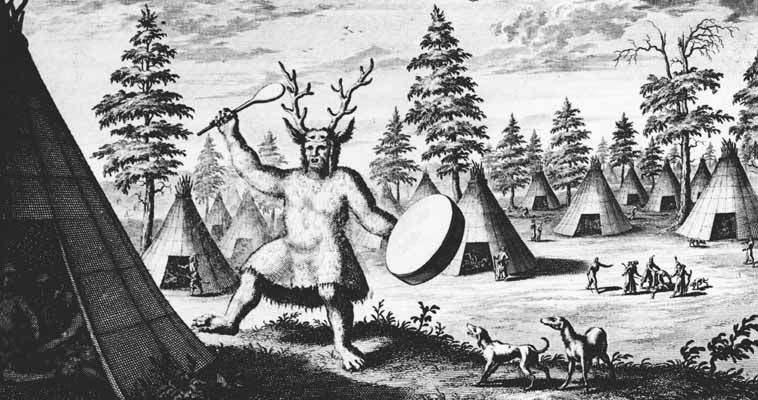
Most often, though, the shaman’s tambourine displays an image of the world tree, which represents all three worlds: the lower (the roots of the tree) is the world of the dead and underground spirits; the middle world (trunk) is the human realm; and the upper (branches) is the world of heavenly spirits and gods. Thus, the rhythm beat out on the shaman's percussion instrument connects all three worlds with a "red thread", allowing the shaman to travel between the worlds to see what is happening in each of them. The rhythm of the tambourine not only opens "portals" between the worlds, but also makes it possible to influence events and phenomena in each of them. Thus, the shaman can heal and maim, return souls from other worlds, and talk with spirits and gods.
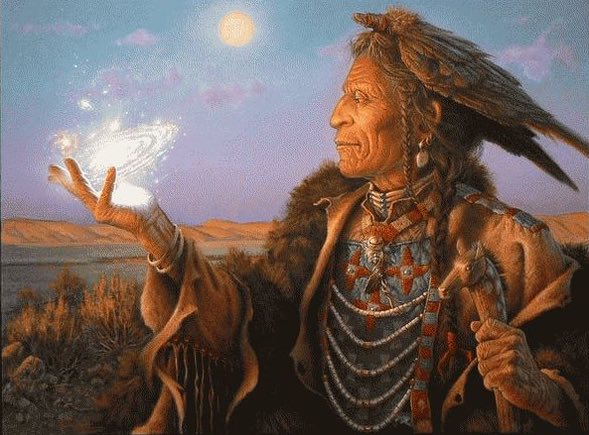
In order to create a shaman's drum, the gods let branches fall from the World Tree. According to legend, it was this sacred wood that was used to make the rim of this percussion instrument. And so, when a shaman bangs on his tambourine, he strikes the very axis of the world, and gains power over the spirits of all three worlds.
In the same vein, the shamans of Lapland use their tambourine to help divine the kobdas. The membrane of the kobdas are made of elk or deer hide onto which sacred symbols are painted, and under the force of hammer blows, a special triangle placed on the drum moves from one image to another. The shaman interprets its movements, predicting the future.
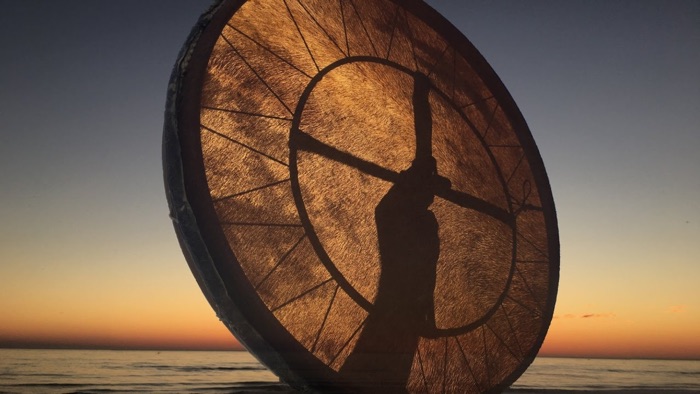
Thus, in different cultures the drum is a sacred tool connecting heaven and earth, and for maintaining the rhythm of the world order. And when drummers practice their art, it’s as if they too are changing the world and touching the human spirit through the rhythm of the drum.


